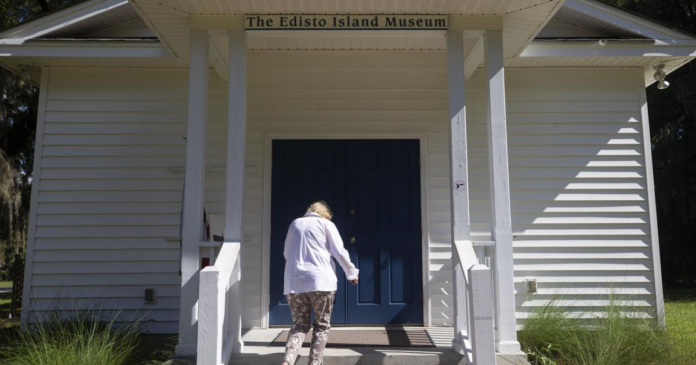For decades, a priority of Charleston County’s leaders, planners and residents has been to keep the county’s rural areas rural, not to prevent development there entirely but to ensure whatever development occurs is less dense and more sympathetic to the quiet character so many know and love.
They’ve also known zoning alone cannot do the job, partly because it can be changed at any given time, if there’s enough political sentiment to do it.
Conservation work, however, can provide the long-term guarantee of protection so many want to see. It can add protection that will withstand shifts in the political winds. Whether it’s fee-simple purchases and special rural properties or conservation easements that restrict development while keeping the land in private hands, this work has been key to the success the county has seen to date.
But the job is far from over. Ideally, we will see more occurrences like what happened recently on Johns Island, where a landowner, who wants to remain anonymous, donated an easement on 37 rural acres that had been in the same family for more than a century.
The Lowcountry Land Trust, which handled that deal, notes that it will safeguard wetlands and wildlife habitat while helping to preserve the island’s rural character, mitigate flooding and reinforce Charleston County’s zoning tool known as the Urban Growth Boundary. In its announcement, the trust pointed out that while 80 percent of the island is on the rural side of that boundary, only 8 percent of that has been protected through conservation easements. It notes the Johns Island property



